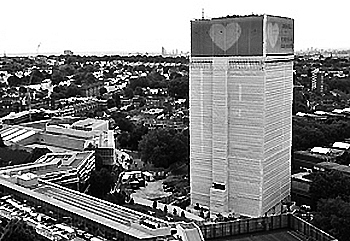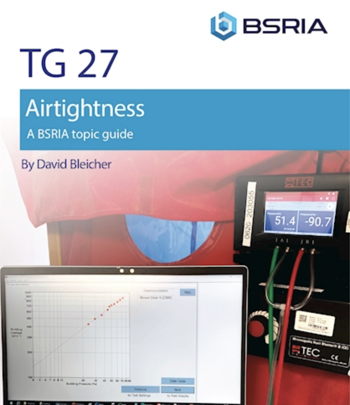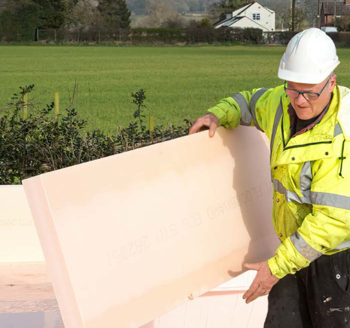Construction site records and registers
Construction sites are complex, continually changing and potentially dangerous. Ensuring they are efficiently and effectively managed and that they remain safe requires meticulous record keeping.
Some of the records and registers kept on site may be required by statutory bodies such as the Health and Safety Executive (HSE), or the building control body, others may be maintained for the convenience of the contractor.
Records that are kept on site might include:
- Accident book.
- Asbestos register.
- Asset register.
- Construction phase plan.
- Contract register.
- COSHH data and assessment sheets.
- Dangerous and explosive substances register.
- Details of underground and overhead services.
- Emergency plans.
- Existing health and safety files.
- F10 form.
- Fire equipment inspection register.
- Scaffolding register.
- Test records and certificates.
- LOLER Inspection register (Lifting Operations and Lifting Equipment Regulations).
- Manual handling assessment (MAC).
- Plants checks.
- Records of excavation inspections.
- Records of inspections of scaffold, working platforms and so on.
- Records of permits to work.
- Risk assessments and method statements.
- Safety equipment registers.
- Site induction and training registers.
- Site rules.
- Site visitors book.
- Site Waste Management Plan.
- Verification of competence, such as Construction Skills Certification Scheme CSCS cards.
[edit] Related articles on Designing Buildings
- Accident book.
- Accident report.
- Asbestos register.
- Asset register.
- Construction phase plan.
- Contract register.
- COSHH
- Health and safety file.
- F10 form.
- Manual handling.
- Mobilisation.
- Permit to work
- Risk assessments and method statements.
- Site induction
- Site rules.
- Site Waste Management Plan.
- Types of register.
Featured articles and news
Restoring Great Yarmouth's Winter Gardens
Transforming one of the least sustainable constructions imaginable.
Construction Skills Mission Board launch sector drive
Newly formed government and industry collaboration set strategy for recruiting an additional 100,000 construction workers a year.
New Architects Code comes into effect in September 2025
ARB Architects Code of Conduct and Practice available with ongoing consultation regarding guidance.
Welsh Skills Body (Medr) launches ambitious plan
The new skills body brings together funding and regulation of tertiary education and research for the devolved nation.
Paul Gandy FCIOB announced as next CIOB President
Former Tilbury Douglas CEO takes helm.
UK Infrastructure: A 10 Year Strategy. In brief with reactions
With the National Infrastructure and Service Transformation Authority (NISTA).
Ebenezer Howard: inventor of the garden city. Book review.
The Grenfell Tower fire, eight years on
A time to pause and reflect as Dubai tower block fire reported just before anniversary.
Airtightness Topic Guide BSRIA TG 27/2025
Explaining the basics of airtightness, what it is, why it's important, when it's required and how it's carried out.
Construction contract awards hit lowest point of 2025
Plummeting for second consecutive month, intensifying concerns for housing and infrastructure goals.
Understanding Mental Health in the Built Environment 2025
Examining the state of mental health in construction, shedding light on levels of stress, anxiety and depression.
The benefits of engaging with insulation manufacturers
When considering ground floor constructions.
Lighting Industry endorses Blueprint for Electrification
The Lighting Industry Association fully supports the ECA Blueprint as a timely, urgent call to action.



















Comments
To make a comment about this article, click 'Add a comment' above. Separate your comments from any existing comments by inserting a horizontal line.
Construction site records and registers are important documentation tools used to record and track various aspects of a construction project. They serve as a means of communication, evidence of compliance, and reference for future use. Here are some common types of construction site records and registers:
1. Daily Construction Log: This log is maintained on a daily basis and records activities, weather conditions, workforce attendance, equipment used, and any significant events or incidents that occur on the construction site.
2. Material Receiving Register: This register tracks the receipt of construction materials on the site. It includes details such as the date of delivery, supplier information, quantity received, and any discrepancies or issues observed.
3. Inspection and Test Records: These records document the inspections, tests, and quality checks conducted during various stages of construction. They may include records for concrete testing, soil testing, structural inspections, electrical inspections, and more.
4. Workforce Attendance Register: This register records the attendance of workers on the construction site. It helps track the number of workers present, their working hours, and any leave or absences.
5. Site Safety Records: These records focus on documenting safety-related activities and incidents. They may include records of safety meetings, safety inspections, accident reports, near-miss incidents, and safety training conducted on-site.
6. Change Order Log: This log tracks any changes or modifications made to the original construction plans or scope of work. It includes details such as the date of change, reason for change, parties involved, and impact on cost or schedule.
7. Equipment Maintenance Log: This log records the maintenance and servicing of construction equipment and machinery. It helps track the maintenance schedule, repairs, and any issues observed.
It's important to note that the specific records and registers maintained on a construction site may vary depending on the project requirements, local regulations, and the policies of the construction company or project owner.
Thanks, that seems to be more of an article than a comment, feel free to create a new article under a related title..
If you did not write the comment or article yourself though, please to list a reference or source who did. Thanks.